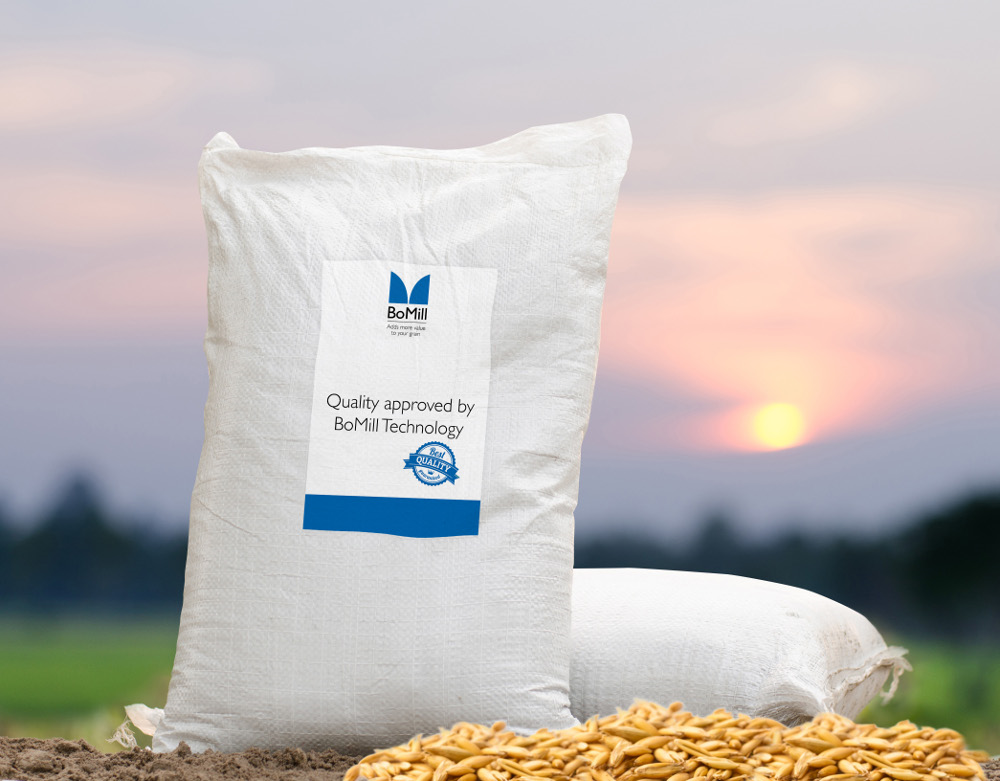
The first density separator dates back as earlyas the 1400s.它最初是用作牛奶和奶油separator. But by the 1800s, Antonin Prandtl invented the centrifuge machine and sparked a revolution in separating items. Thankfully, science has come a long way since then, and we now use separators in all shapes and sizes. From residential dryers to lab centrifuges, they all stem from the early separating machines.
Are you looking for a density separator for your plant? Not sure which one is best for your needs? Keep reading this guide to find out everything you need to know!
What Is a Density Separator?
Adensity separatoruses air to separate products from waste through density.
随着air passes through the product, the undesired smaller parts, with smaller density, are separated from the larger and heavier grains or seeds. The cleaned product moves up through a conveyer belt while the undesired particles fall away.
There are several different methods ingravity separation, but we will focus on two of the most effective machines.
What Is a Gravity Separator?
Gravity separatorsare often used in separating kernels of similar sizes. Using the gravity table, separate the undesired sizes, whether too small or too little.
The air is blown through a wire mesh or textile cloth while the product is on an inclined conveyor. While the air moves through the product, for example, kernels, the smaller kernels will fall down, while the larger and heavier kernels move up on the conveyor belt.
The smaller kernels are caught in a deck, effectively removing the undesired product from the desired outcome.
When Is It Used?
Gravity separators are helpful after the product passes through the air aspiration systems for an initial cleaning. Gravity tables do not replace this particular cleaning process but add to the process for a better clean.
The cleaning process will sort grown-out and damaged products, plastic granulates, different levels of quality, and shells, sticks, and other impurities from the batch. It can handle a variety of grains and fruits, such as corn, wheat, soybeans, peas, nut, and teas.
What Is a Dry Stoner?
Adry stoneris another density separator that works with gravity. However, it has a different application. While gravity separators, like the one mentioned above, are primarily helpful for additional cleaning, dry stoners rid a batch of product from heavy stones, metallic particles, and more from the desired product.
It is essentially a rough cleaning to rid the batch of foreign particles by moving air through the batch. The vibrating deck that the product sits on then separates the heavy stones and other debris, allowing the lighter desired product to fall down while the heavier debris stays on top.
When Is It Used?
As mentioned above, dry stone cleaning is essential in the initial separation of the product from heavy contaminants. Therefore, it is valuable either before or after the gravity separator.
However, using the dry stoner before the gravity separator is recommended for a better quality product. The application of dry stoners is far and wide, as long as you have a granular product with both heavy and light particles.
Gravity Separator vs. Dry Stoner: Which Is Best for Your Needs
Although both machines are needed for an optimal final product, the applications are different.
To find out what works best for your plant, you need to evaluate your product and the problem you are trying to solve. While the principle of both machines is the same, it is vital to highlight the difference between the two.
A dry stoner might be the best option if your plant needs to separate a small percentage but larger and rougher debris. On the other hand, if you are trying to separate waste from a final product of similar weight, a gravity separator will get the job done.
Pros and Cons
As with everything, there are pros and cons to each. The gravity separator is capable of various assembly options to really customize to your needs. However, the gravity separator does require more power intake.
The dry stoner comes in several models, has lower power consumption, and needs less space. It is also easier to install, so it saves on installation costs. But as mentioned above, it only cleans the product from the heavier debris like stones, mud, glass, plastics, and more.
On the other hand, the gravity separator can separate items of equal or similar weight that may be part of the product itself but is undesired due to the quality.
For an optimal result, we recommend both machines in the separation process so that you can provide the best quality products to your clients.
他们用在农业环境怎么样?
Both these density separators are excellent for use in agricultural settings. First, the crops will run through the dry stoner, separating the mud and stones from the actual crop.
Secondly, the crop will then filter through the gravity separator to ensure that the best quality of the product.
Get Your New Density Separator Today
Density separators can come in all shapes and sizes. Therefore, it is essential to know which one is best for your needs. The gravity separator and dry stoner are both useful for various applications.
The purchase of these machines can increase production, quality, and efficiency, giving your plant and business an optimal path to success. Are you looking for more information? Or are you ready to make a purchase?
Speak to oneof our associates today to see how we can help you and your company grow. Our team of experts is ready to advise you in any way we can.



